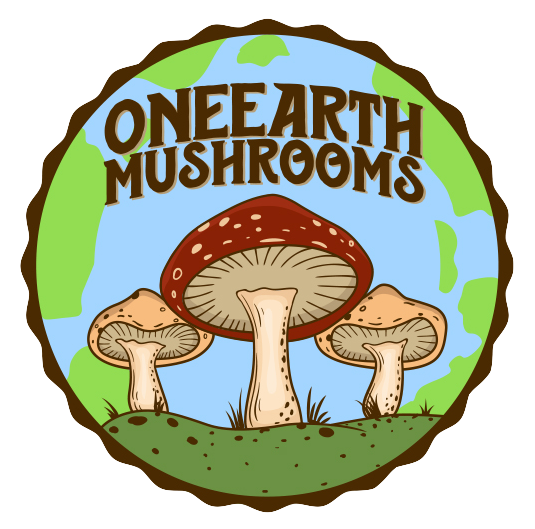CVG Substrate Procedure
Ingredients:
- Coco Coir
- Vermiculite
- Gypsum (powder or pelletized)
- Tap water
- A way to heat water (stove top, tea kettle, etc)
- Bucket with lid
- 70% isopropyl alcohol in a spray bottle
- Mixing spoon/stick
- Measuring cups or scale
Procedure:
|
# |
Step |
|
Principle |
|
1. |
Spray the inside of the bucket and lid with isopropyl alcohol. Wipe with a dry cloth. |
|
The alcohol will help kill off a majority of competing organisms on the surface of the bucket and lid. |
|
2. |
Measure the appropriate amount of coco coir and place it in the bucket. Break the coco coir into small chunks approximately the size of golf balls, or smaller.
(Note: you may utilize the free calculator at oneearthmushrooms.com to determine how much coco coir, vermiculite, gypsum and water to use) |
|
The coco coir is placed in the bucket first because the majority of the water added will be absorbed by the coir. Adding the vermiculite or gypsum before the water tends to result in clumping and dry spots in the coir. |
|
3. |
Measure the appropriate amount of water and bring it to a boil. |
|
The boiling water will kill a majority of any competing organisms in the substrate ingredients. |
|
4. |
Measure the appropriate amount of gypsum and mix it with the boiling water. |
|
Mixing the gypsum with the water ensures a more even distribution of the minerals throughout the substrate mixture. |
|
5. |
Pour the water/gypsum mix over the coco coir. |
|
|
|
6. |
Measure the appropriate amount of vermiculite and add it to the bucket. |
|
|
|
7. |
Place the lid on the bucket. |
|
|
|
8. |
Allow the bucket and its hot contents to cool for about 30 minutes. |
|
This minimizes risk for skin burns in the next step. |
|
9. |
Caution: The contents of the bucket are very hot and can easily cause burns if not handled with care. Shaking or rolling the bucket at this stage has the potential to cause burns.
Mix the contents of the bucket. |
|
Mixing is necessary to ensure all parts of the substrate are hydrated and nutrients & minerals are evenly dispersed. |
|
10. |
Place the lid back on the bucket and allow the contents to cool to approximately room temperature. The amount of time this will take depends on the ambient temperature of your space. |
|
Mycelium is likely to be injured when in contact with hot substrate, so the substrate is cooled to room temperature before use.
Expect the cooling process to take at least 6 hours. |
|
11. |
Mix the contents of the bucket again. It is safe to shake or roll the bucket when the substrate has cooled to room temperature. The substrate is now ready for use in a monotub. |
|
|
